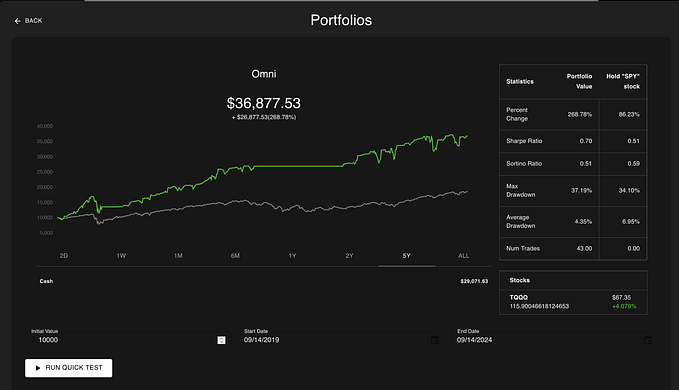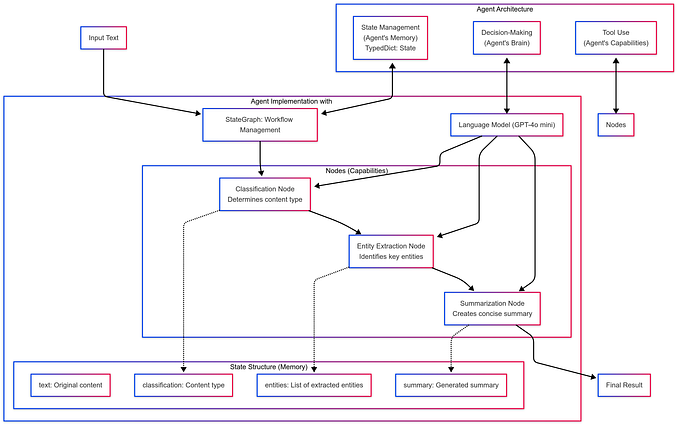Medical Training Through Virtual Reality Simulations
Virtual Reality Training: Virtual reality enhances medical training with immersive simulations
In the ever-changing medical education environment, virtual reality (VR) is emerging as a game-changing tool with enormous potential for improving medical instruction. Immersive simulations are being integrated into medical education programs, changing how aspiring medical professionals learn and perfect their skills. This essay goes into virtual reality training, emphasizing its critical role in transforming medical education and ushering in a new era of learning.
Virtual Reality Training: Bridging the Theory-Practice Gap
Virtual Reality teaching: Immersive simulations in virtual reality increase medical teaching, a notion that captures the synergy between current technology and medical education. Traditional medical education frequently struggles to provide students with hands-on experiences that effectively prepare them for real-world circumstances. Virtual reality fills this void by providing a safe yet realistic environment where students can practice and improve their skills without endangering patient safety.
Virtual Reality Training Benefits in Medical Education
Virtual reality training provides numerous benefits that contribute to the advancement of medical education:
1. Enhanced Learning Through Realistic Simulations
Virtual reality simulations faithfully recreate medical settings, giving students a hands-on learning experience. VR allows students to immerse themselves in genuine circumstances, whether conducting surgery or diagnosing complicated illnesses, enabling better learning and recall of concepts.
2. Risk-Free Environment
One of the major benefits of VR training is the chance to learn from mistakes without fear of repercussions in the real world. In a risk-free atmosphere, medical students can make decisions, learn from setbacks, and adjust their approaches, increasing their confidence and competence.
3. Personalized Learning Pathways
Virtual reality training enables educators to customize experiences to meet the needs of individual students. Students can advance at their own pace, focusing on areas where they need more practice and progressing once they have mastered them.
4. Inter-Disciplinary Collaboration
Interdisciplinary collaboration is standard in medical practice. VR training promotes teamwork by allowing students from many healthcare specialities to collaborate in virtual scenarios. This enables clear communication and improves the entire patient care experience.
5. Flexibility and Accessibility
Virtual reality training crosses geographical boundaries, allowing students all around the world to benefit from the same high-quality educational experiences. Furthermore, VR modules can be integrated into curricula or used as standalone training sessions, increasing learning path flexibility.
Virtual Reality Training in Healthcare
Virtual reality applications in healthcare instruction are as diverse as they are transformative:
Surgical Training and Practice
Aspiring surgeons can use virtual reality to practice procedures until they are proficient. Simulations provide a platform for fine-tuning approaches, comprehending anatomical intricacies, and efficiently responding to difficulties.
Medical Diagnosis and Imaging Interpretation
Medical image interpretation is an essential skill for healthcare practitioners. Virtual reality simulations provide a platform for improving this talent, allowing medical students to examine and diagnose diverse illnesses using realistic imaging scenarios.
Patient Interaction and Communication
Quality healthcare is built on effective patient communication. VR training gives students communication skills by immersing them in patient encounter scenarios, allowing them to learn how to handle difficult talks with empathy and clarity.
Crisis Management and Emergency Response
Quick and accurate decision-making is critical in high-pressure situations. VR simulations train medical personnel to respond to emergencies by immersing them in realistic crisis scenarios and guiding them through the processes of an effective response.
Pain Management and Therapy
Virtual reality isn’t just for clinical training; it’s also used in patient care. VR-based therapies include pain management approaches as well as psychological support, demonstrating the versatility of VR in healthcare.
The Future of Medical Education Virtual Reality Training
The potential of virtual reality in medical education is limitless as technology advances. Consider medical students cooperating virtually, attending worldwide medical conferences, or even practising procedures on holographic patients. Incorporating artificial intelligence and haptic feedback will improve the realism and effectiveness of VR training even further.
Virtual reality training has evolved from science fiction to become an essential element in current medical education. Because of its ability to generate immersive and lifelike settings, as well as its promise for individualized learning, interdisciplinary cooperation, and worldwide accessibility, VR is positioned as a cornerstone of the future of medical education. As technology advances, the healthcare sector should expect even more inventive and disruptive applications of virtual reality in the pursuit of patient care excellence.









